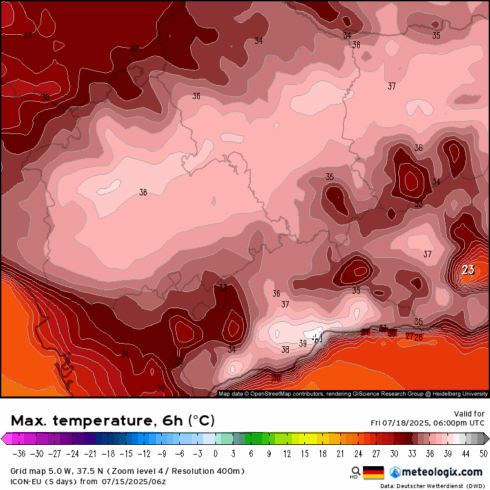THE Spanish government was warned months before the blackout that the country’s electrical grid was at risk of large-scale failure.
Officials were made aware of the dangers due to the rapid and unmanaged integration of renewable energy sources, according to an exclusive report revealed by El Mundo.
Internal communications and technical documents obtained by El Mundo show that Red Electrica, Spain’s national grid operator, alerted the Ministry for the Ecological Transition on January 24, 2025, to the weaknesses in the country’s ‘anti-blackout shield’.
READ MORE: Experts in Spain call for ‘crisis plan’ after supermarkets record huge blackout losses
This is the protective system designed to prevent major disruptions to the electricity network.
The warning was detailed in a report titled General Criteria for the Protection of the Spanish Electrical System, which noted that ‘the integration of massive renewable generation’ could lead to ‘undesired behaviour’ of the grid’s current protection system.

The document cautioned that in certain conditions – particularly when renewable output is high and demand is low – the protection mechanisms may fail to detect faults correctly, leading to an inability to isolate and resolve the issue.
This scenario became a reality when a total grid collapse struck Spain on April 28, plunging millions into darkness for several hours.
The El Mundo report reveals that the January document reached the desk of Manuel Garcia Hernandez, head of the Directorate-General for Energy Policy and Mines.
It urged immediate updates to decades-old protection protocols, originally drafted in 1996, to account for the modern energy mix and technological advances.
Red Electrica’s analysis warned that solar and wind generation – without sufficient backup from hydro, nuclear, or gas – could overload the system, especially in zones not previously considered critical.
The report explicitly stated: “The correct functioning of the protection system cannot be guaranteed, as situations may arise where faults are not cleared under expected conditions or, in more severe cases, some protection functions may not be able to detect them at all.”
Piling further pressure on the government, the opposition Popular Party (PP) has claimed this Monday that a significant grid event occurred just six days before the blackout.
“If you listen to the technicians – which is who we should listen to, follow, and read – they indicate that there was already a major drop on the 22nd that endangered the electrical system, though it was recovered,” said Juan Bravo, the PP’s Deputy Secretary for Economic Affairs.
“There were already indications that the decisions being made were not the right ones,” Bravo added, suggesting that the government had the opportunity to act, but failed to do so.
In response to growing scrutiny, the Ministry for the Ecological Transition has defended its position, stating that the Red Electrica report was for ‘future’ planning and did not communicate an urgent need for action.
With trust in Spain’s energy infrastructure rattled, demands for accountability are mounting.
“We are going to demand the maximum responsibility, so this doesn’t happen again, so that those responsible are held to account, and so the Spanish people know what really happened,” Bravo said.
Click here to read more Spain News from The Olive Press.









The problem with the Spanish grid is twofold
1. When the frequency goes down from 50 Hertz per second below 49.5 Hertz per second, all fotovoltaic members of the grid are shut down at once due to the use of old equipment, while in Germany a controlled multi stage shut down would occur due to modern equipment.
2. Germany is surrounded by 8 countries which are members of the European grid and can help each other if there is a shortage. While Spain is only connected to the European grid via France by a 3 GW line, and while Portugal fully depends on Spain.
There is a small connection between Marocco and Andalucia, which helped to restart the grid for Cádiz within 2 hours and not in 10 hours as in most parts of Spain.